The concept of customer journey mapping has evolved significantly in recent years, transitioning from static diagrams to dynamic, real-time systems that adapt to customer behavior as it happens. Businesses are no longer content with periodic updates or outdated snapshots of customer interactions. Instead, they demand a living, breathing representation of the customer journey—one that reflects the immediacy of modern consumer expectations. This shift has given rise to real-time customer journey mapping systems, a technological advancement that is reshaping how companies understand and engage with their audiences.
At its core, a real-time customer journey mapping system captures every touchpoint a customer has with a brand, updating the journey map instantaneously as new interactions occur. Whether it’s a click on a website, a customer service call, or a purchase in-store, these systems aggregate data from multiple sources and synthesize it into a coherent, up-to-the-minute visualization. The implications are profound: marketers, sales teams, and customer support agents can now respond to customer needs with unprecedented agility, tailoring their strategies based on the latest insights rather than relying on historical data.
The technology behind these systems is both complex and elegant. It relies on a combination of data integration platforms, machine learning algorithms, and visualization tools to create a seamless flow of information. APIs connect disparate systems—CRM platforms, email marketing software, e-commerce databases—and funnel data into a centralized hub. Machine learning models then analyze this data, identifying patterns and predicting future behaviors. Finally, intuitive dashboards present the information in a way that is actionable for teams across the organization. The result is a system that not only tracks the customer journey but also anticipates it.
One of the most compelling advantages of real-time journey mapping is its ability to enhance personalization. In an era where customers expect brands to understand their individual preferences, static journey maps fall short. A real-time system, however, can detect subtle shifts in behavior—such as a customer hesitating at checkout or repeatedly visiting a product page—and trigger personalized interventions. A discount offer might be sent to nudge a hesitant buyer, or a chatbot could pop up to answer questions about a frequently viewed item. These micro-interactions, informed by real-time data, can significantly boost conversion rates and customer satisfaction.
Another critical benefit is the improvement in cross-functional collaboration. Traditional journey maps often exist in silos, with marketing, sales, and customer service teams working from different versions of the truth. A real-time system eliminates this fragmentation by providing a single source of truth accessible to all departments. When a customer’s journey is updated in real time, every team member sees the same information simultaneously. This alignment ensures that messaging is consistent, follow-ups are timely, and the overall customer experience is cohesive. No more missed opportunities or conflicting communications—just a unified approach to customer engagement.
Of course, implementing a real-time customer journey mapping system is not without its challenges. Data privacy concerns loom large, particularly in regions with stringent regulations like GDPR or CCPA. Companies must ensure that their systems are compliant, with robust protocols for data encryption and user consent. Additionally, the sheer volume of data generated can be overwhelming. Without proper filtering and prioritization, teams risk drowning in noise rather than surfacing actionable insights. Successful implementations often involve a phased approach, starting with high-impact touchpoints and gradually expanding to cover the entire journey.
Looking ahead, the future of real-time customer journey mapping is likely to be shaped by advancements in artificial intelligence and predictive analytics. As AI models become more sophisticated, they will be able to not only track and visualize journeys but also recommend optimal pathways in real time. Imagine a system that suggests the best next action for a customer based on their current behavior, past interactions, and even the behaviors of similar customers. This level of intelligence could transform customer engagement from reactive to proactive, setting new standards for personalized service.
For businesses considering adoption, the key lies in selecting the right technology partner. Not all real-time journey mapping solutions are created equal, and the choice should align with the company’s specific needs and infrastructure. Scalability is crucial—the system must be able to grow alongside the business, accommodating increasing data volumes and expanding use cases. Equally important is usability; if the system is too complex, adoption rates will suffer. The ideal solution strikes a balance between power and simplicity, empowering teams to leverage real-time insights without a steep learning curve.
Ultimately, real-time customer journey mapping represents a paradigm shift in how businesses understand and interact with their customers. It moves beyond the limitations of static models, offering a dynamic, responsive approach that mirrors the fluidity of modern consumer behavior. In a competitive landscape where customer expectations are higher than ever, this technology provides a critical edge. Companies that embrace it will be better positioned to deliver seamless, personalized experiences—and in doing so, build lasting customer loyalty.
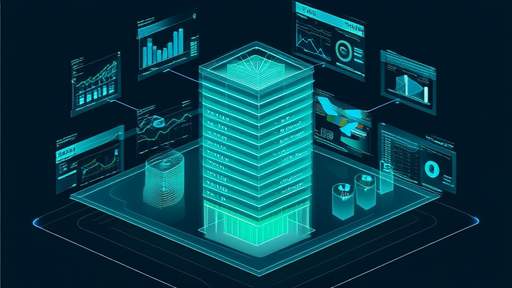
By /Jun 3, 2025

By /Jun 3, 2025

By /Jun 3, 2025

By /Jun 3, 2025

By /Jun 3, 2025

By /Jun 3, 2025

By /Jun 3, 2025

By /Jun 3, 2025
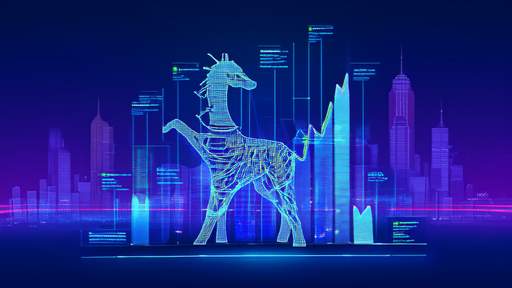
By /Jun 3, 2025
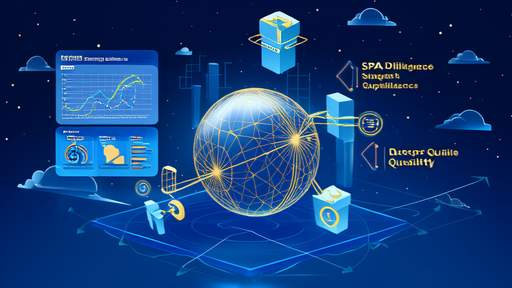
By /Jun 3, 2025

By /Jun 3, 2025

By /Jun 3, 2025
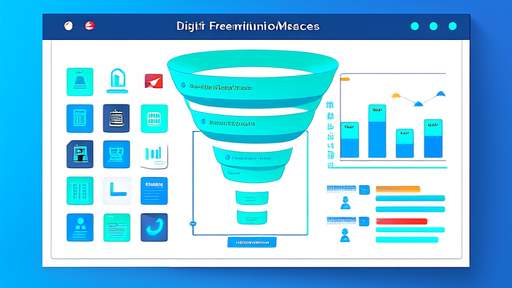
By /Jun 3, 2025
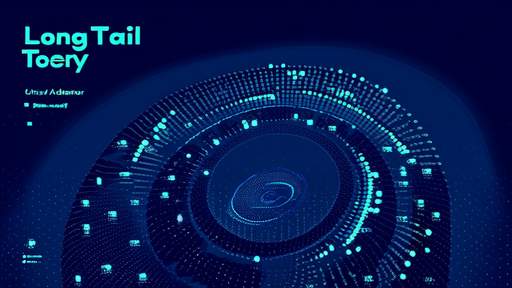
By /Jun 3, 2025

By /Jun 3, 2025

By /Jun 3, 2025

By /Jun 3, 2025

By /Jun 3, 2025

By /Jun 3, 2025

By /Jun 3, 2025